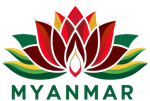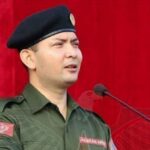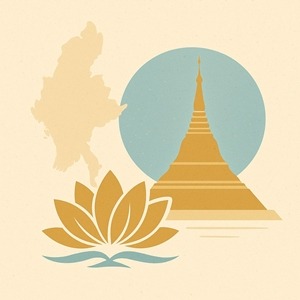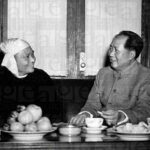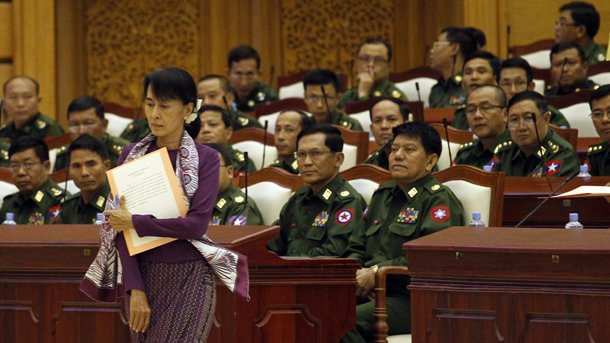
Myanmar, formerly known as Burma, has experienced a complex political history shaped by colonial rule, military governance, democratic reforms, and internal conflict. Understanding Myanmar’s government and political structure requires awareness of its past and the evolving nature of its institutions.
Government Structure
Myanmar is officially known as the Republic of the Union of Myanmar. According to its 2008 Constitution (drafted by the military), the country is a unitary parliamentary republic with three branches of government:
Executive: Led by the President and Vice Presidents. As of recent years, the military has played a dominant role in executive authority.
Legislative: A bicameral legislature called the Pyidaungsu Hluttaw, consisting of the House of Nationalities (Amyotha Hluttaw) and the House of Representatives (Pyithu Hluttaw).
Judiciary: A Supreme Court oversees legal matters, although judicial independence is often limited in practice.
Political History Overview
Colonial Era: Myanmar was colonized by Britain in the 19th century and gained independence in 1948.
Military Rule: From 1962 to 2011, Myanmar was under military rule, which heavily restricted civil liberties and political participation.
Reform Period (2011–2020): Democratic reforms led to general elections, including the historic 2015 election in which the National League for Democracy (NLD), led by Aung San Suu Kyi, won a landslide victory.
2021 Military Coup: On February 1, 2021, the military (Tatmadaw) seized power, citing electoral fraud. The coup led to mass protests, civil unrest, and the formation of opposition groups including the National Unity Government (NUG) and People’s Defense Forces (PDFs).
Current Political Climate
Myanmar is currently governed by the State Administration Council (SAC), a military-led body formed after the 2021 coup. Civil disobedience, resistance movements, and armed conflict between the military and various ethnic groups and pro-democracy forces continue across the country.
The political situation remains fluid, with widespread international condemnation of the military takeover and ongoing humanitarian concerns.
Key Political Players
Tatmadaw: The Myanmar military, which maintains significant influence over politics and the economy.
National League for Democracy (NLD): Former ruling party, now heavily suppressed.
National Unity Government (NUG): Shadow government formed by ousted lawmakers and activists.
Ethnic Armed Organizations (EAOs): Dozens of groups advocating for autonomy or independence from the central government.
Union Election Commission (UEC): The body that oversees elections; now restructured under military control.
International Relations
Myanmar’s foreign policy is shaped by geopolitical balancing and international pressure. Key relationships include:
China and Russia: Major allies and arms suppliers.
ASEAN: Myanmar is a member but faces increasing pressure over its internal conflict.
Western Nations: The U.S., EU, and others have imposed targeted sanctions on military leaders and entities.
Challenges and Outlook
Myanmar faces deep challenges in governance, including:
Prolonged civil conflict and ethnic tensions
Human rights violations and displacement
Lack of democratic institutions and rule of law
While many citizens and international partners advocate for a return to civilian rule and inclusive democracy, the path forward remains uncertain and highly contested.
📌 Disclaimer: Due to the ongoing political crisis, information may change rapidly. For the latest developments, refer to trusted news sources and official announcements.
